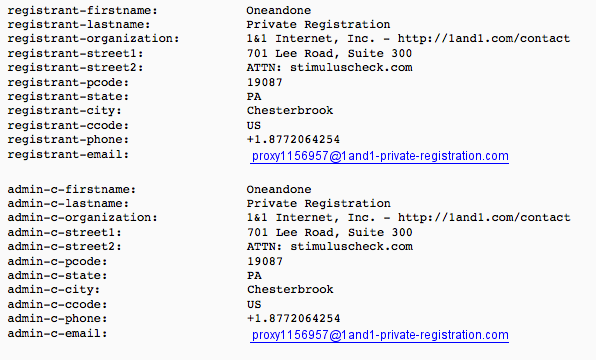Over the last two years my focus has been on helping startups acquire domain names. We’ve done deals as small as $5,000 and as large as $500,000 and everything in between. One of the topics that comes up over and over again and causes a lot of confusion is domain names with privacy protected WHOIS info.

Here’s the issue. While domain name investors know that you can still email this address, the general public does not. In fact, most new domain investors have no idea you can either. Just in case you’re missing this point, that weird email address that you see in the screenshot above can be emailed and will make it to the owner.
While you might think that if someone really wants your domain they’ll find a way to get in touch with you, you’d be wrong quite a bit. I’ve worked with a number of startups who were fixated on one name and then after assuming it was not available fell in love with another name and pitched it to their investors.
One domain investor I know who brings in seven-figures a year actually goes as far as to change his WHOIS info to say “This domain name is for sale” and has seen a nice spike in inquiries since he made the change years ago. Of course if you don’t want to sell a domain, keep it private, but if you’re looking for a way to increase your inbound offers removing privacy can go a long way.
Just to be clear, I’m not saying you’ll make seven-figures a year by making this change, he has an amazing portfolio. What I am saying is that he gets a lot of inquiry and has seen first-hand how making this information public, accessible, and even marketed as for sale can increase inbound offers.
On top of this I also highly recommend using a parking service like TrafficZ or Domain Name Sales that makes it easy for you to place a “For Sale” banner at the top of your site. It’s the little things that when added together are a big deal and keeping your WHOIS information public and up-to-date might be more important than you think.



